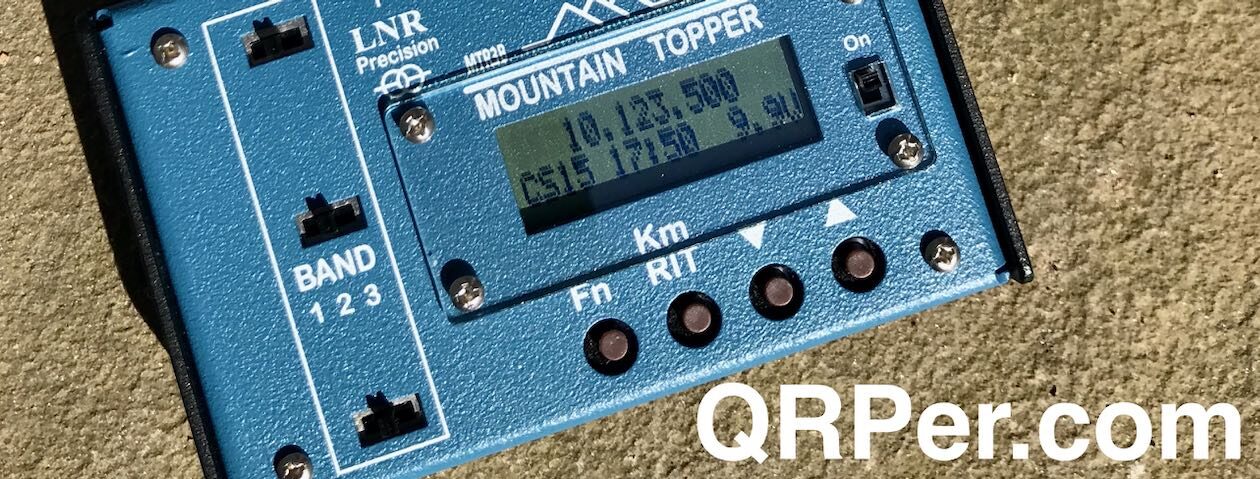 Our travels in Canada this summer exceeded our expectations.
Our travels in Canada this summer exceeded our expectations.
Looking back

If you’ve been following my Canada POTA activations and field reports, you’ll get an idea where we traveled and a small sampling of the many amazing parks Canada has to offer.
We started off our trip in Ottawa where we spent four days.
Only moments after arriving at our hotel that first day, Vince (VE6LK) made time in his schedule to administer my Canadian Basic exam remotely. That evening–despite being a bit bleary eyed after a fairly long day of driving–I passed my Basic with Honours. (I’m still chuffed about that!)
By the next morning, I already had the callsign I requested: VY2SW. My mailing address in Canada is in Prince Edward Island hence the VY2 call. Since essentially every new call in Canada is a vanity call, I chose the suffix SW to reflect my US call. PEI is one of the few provinces where as a Basic license holder you can request a 2×2 call.
My first activation in Canada was at Hog’s Back Conservation Reserve. I had the good fortune of meeting up with Andrew, one of my subscribers, at the park. It was great getting to know him–what a nice fellow–and to start off a series of activations in Canada on the right foot.

After leaving Ottawa, we made our way to Saint-Ferréol-les-Neiges, Québec where we’d reserved a condo/townhome for 6 weeks. That served as our home base as we traveled around Québec City, Saguenay, the Charlevoix region, and the North Shore of the St-Lawrence.

I noted in many field reports how surprised I was to discover that a number of popular parks were still ATNOs (All-Time New Ones) in the POTA network. Then again, POTA hasn’t been in Canada as long as other similar programs like WWFF and SOTA.
Many of the POTA activations I made in Canada were in urban parks–especially the ones in/around Québec City. These activations took me outside of my comfort zone; I’m used to activating state and national parks back home that are expansive and largely in rural areas.













































